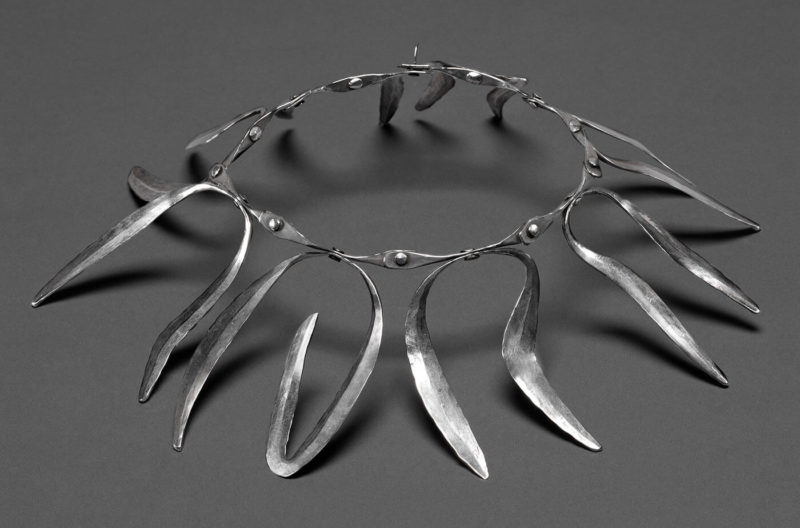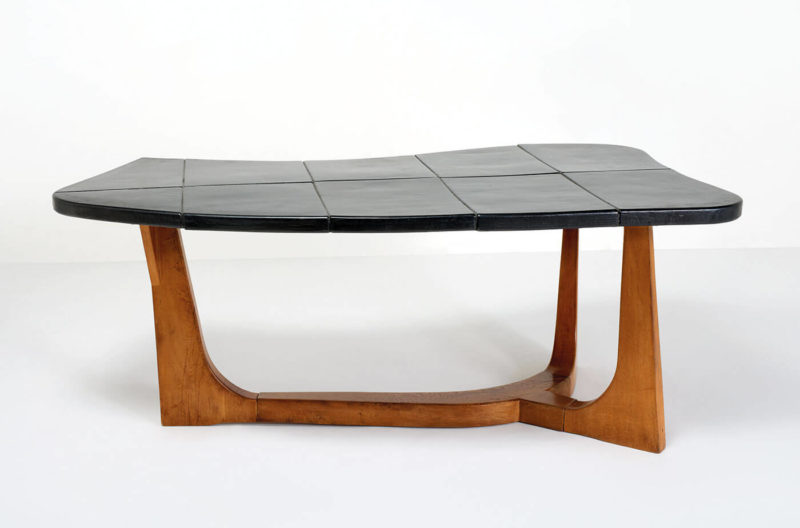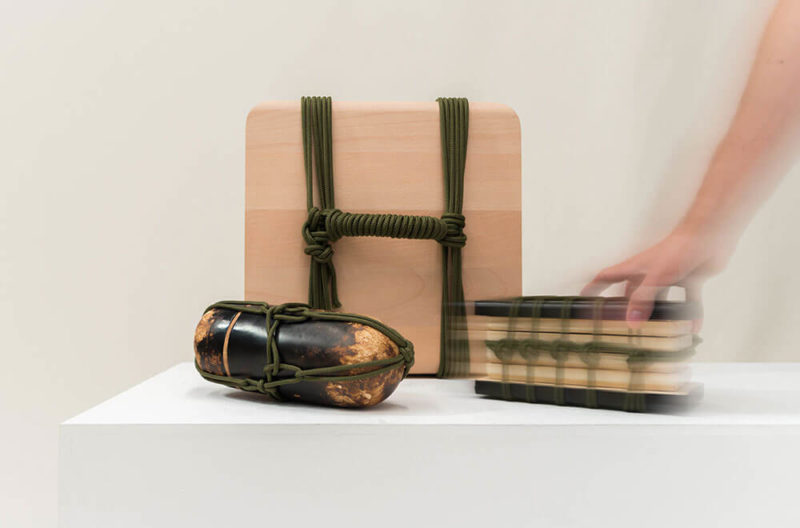Hubert de Givenchy – Collectionneur
A series of extraordinary sales from Givenchy’s two homes, the largest ever held by Christie’s France.
Christie’s Paris
Sales: 14th-23rd June 2022
Exhibition: until 23rd June 2022
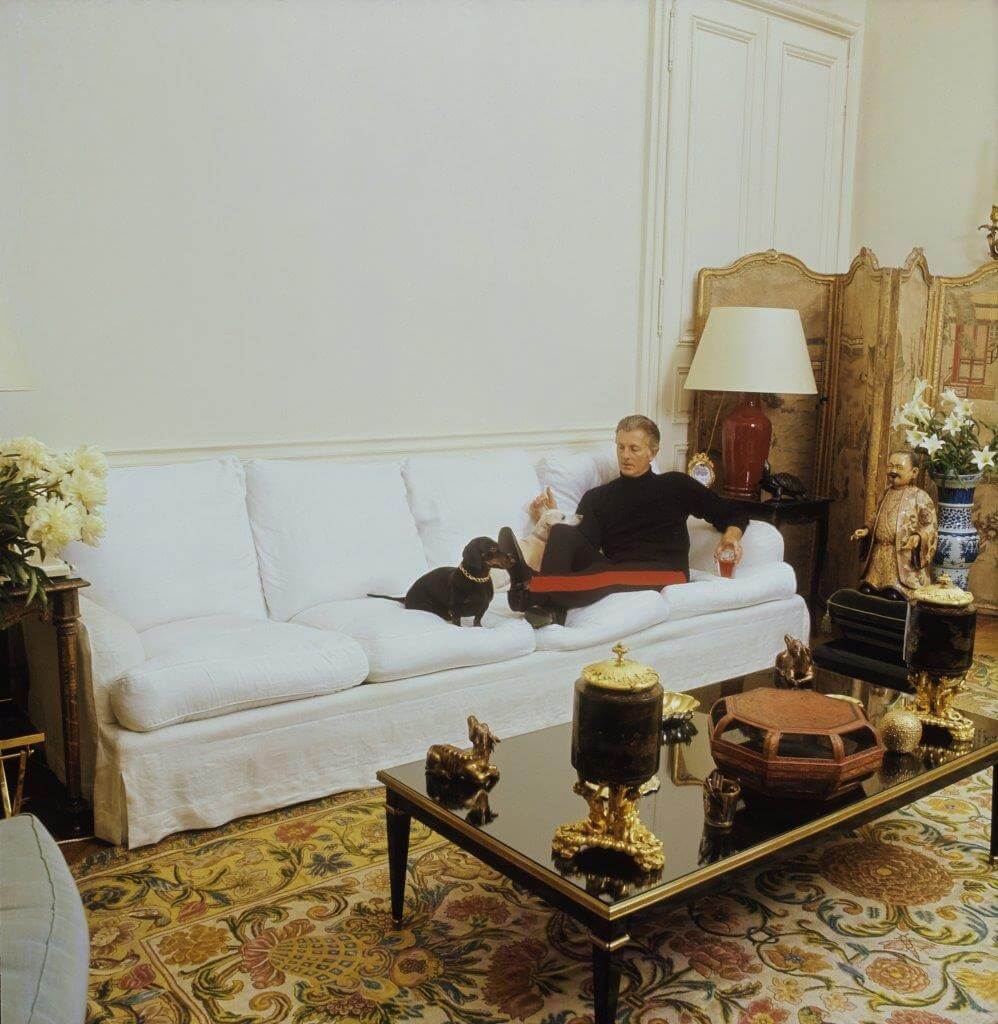
Hubert de Givenchy photographed for Vogue, 1969
COURTESY: Vogue / PHOTOGRAPH: © John Cowann
FRENCH COUTURIER HUBERT de Givenchy’s sumptuous collection of furniture and artworks comes under the hammer at Christie’s next week. Estimated to fetch a total of around €50 million, the collection – consigned by Givenchy’s heirs – comprises 1,229 lots that are being dispersed in six auctions.
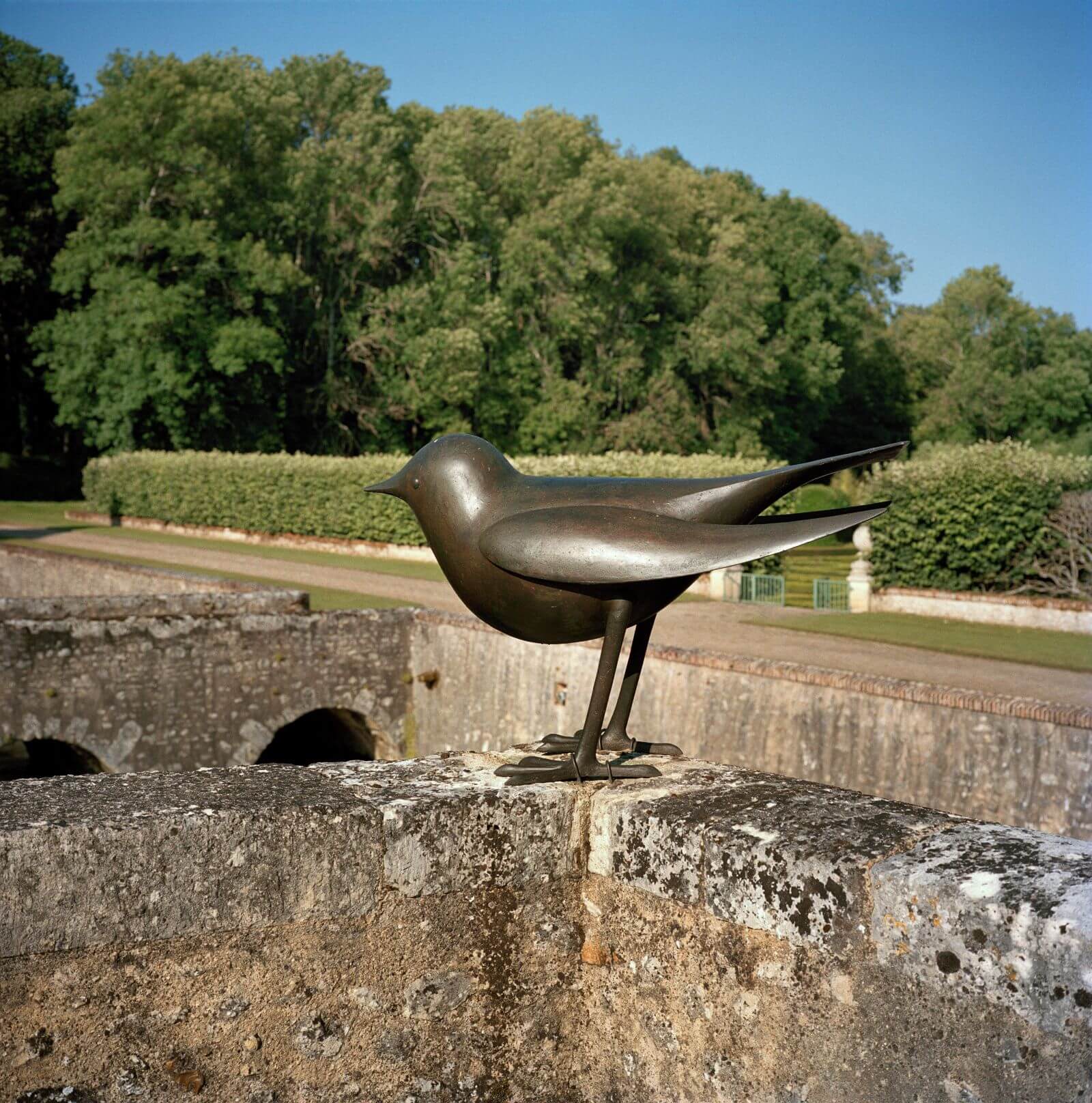
François-Xavier Lalanne, ‘Oiseau de jardin’ 2001 (Lot 62, estimate €400,000-600,000. [Sold for €1,602,000)
COURTESY: © Christie’s Images Limited 2022 / PHOTOGRAPH: François Halard
The first two live auctions will be at Théâtre Marigny, next to the Champs-Élysées, on 14th –15th June, followed by two at Christie’s on 16th and 17th June. There are also two online sales until 22nd and 23rd June. In terms of lots, the sale is the largest ever held by Christie’s France.
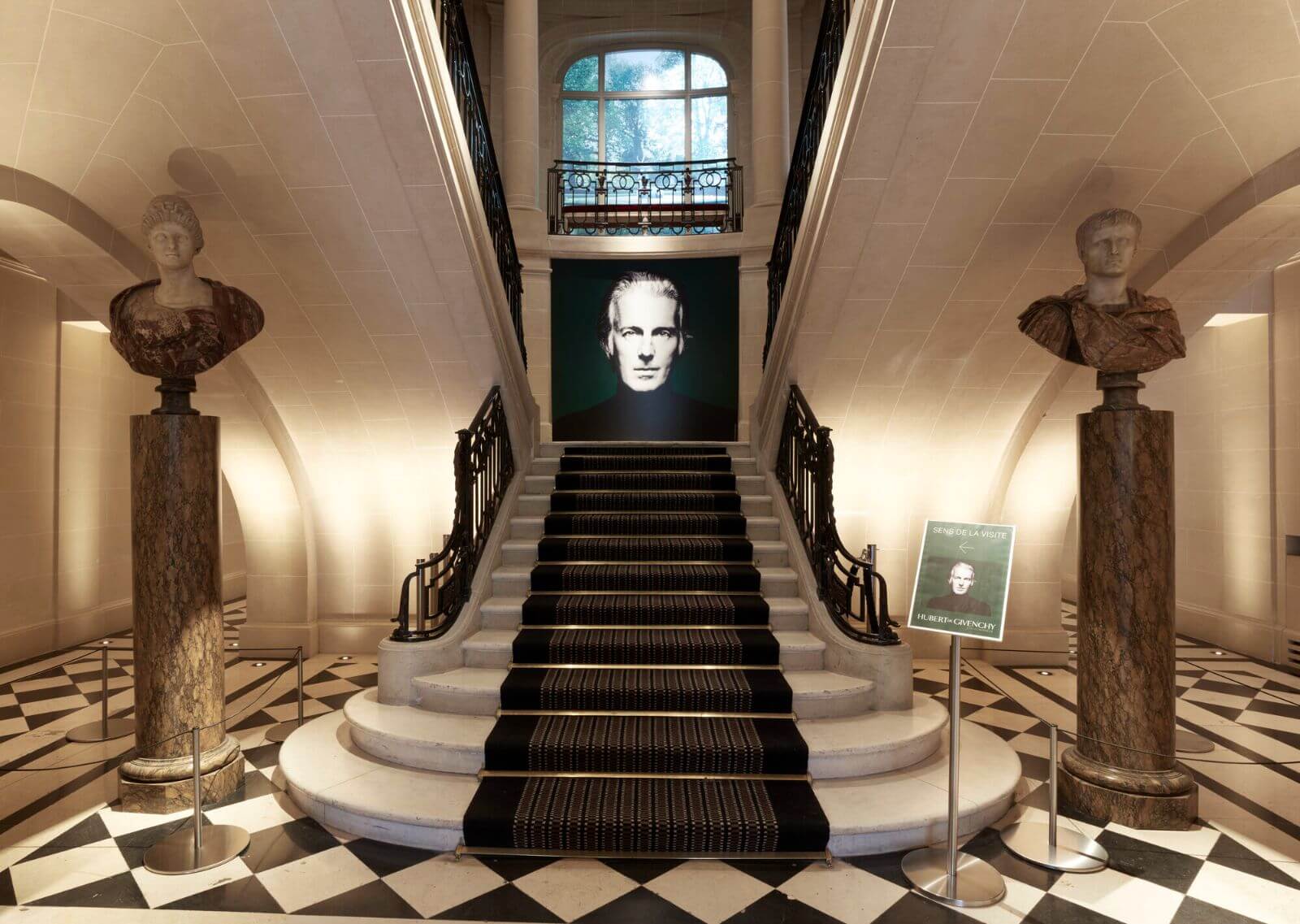
Exhibition view, Hubert de Givenchy – Collectionneur’, Christie’s
COURTESY: © Christie’s Images Limited 2022
For Cécile Verdier, president of Christie’s France, the sale confirms the house’s commitment to single-owner sales. “Out of the 10 big sales of important collections in the world, eight have been at Christie’s – it’s been a specialism of the house for a long time to really pay homage to the taste of a collector,” she says.
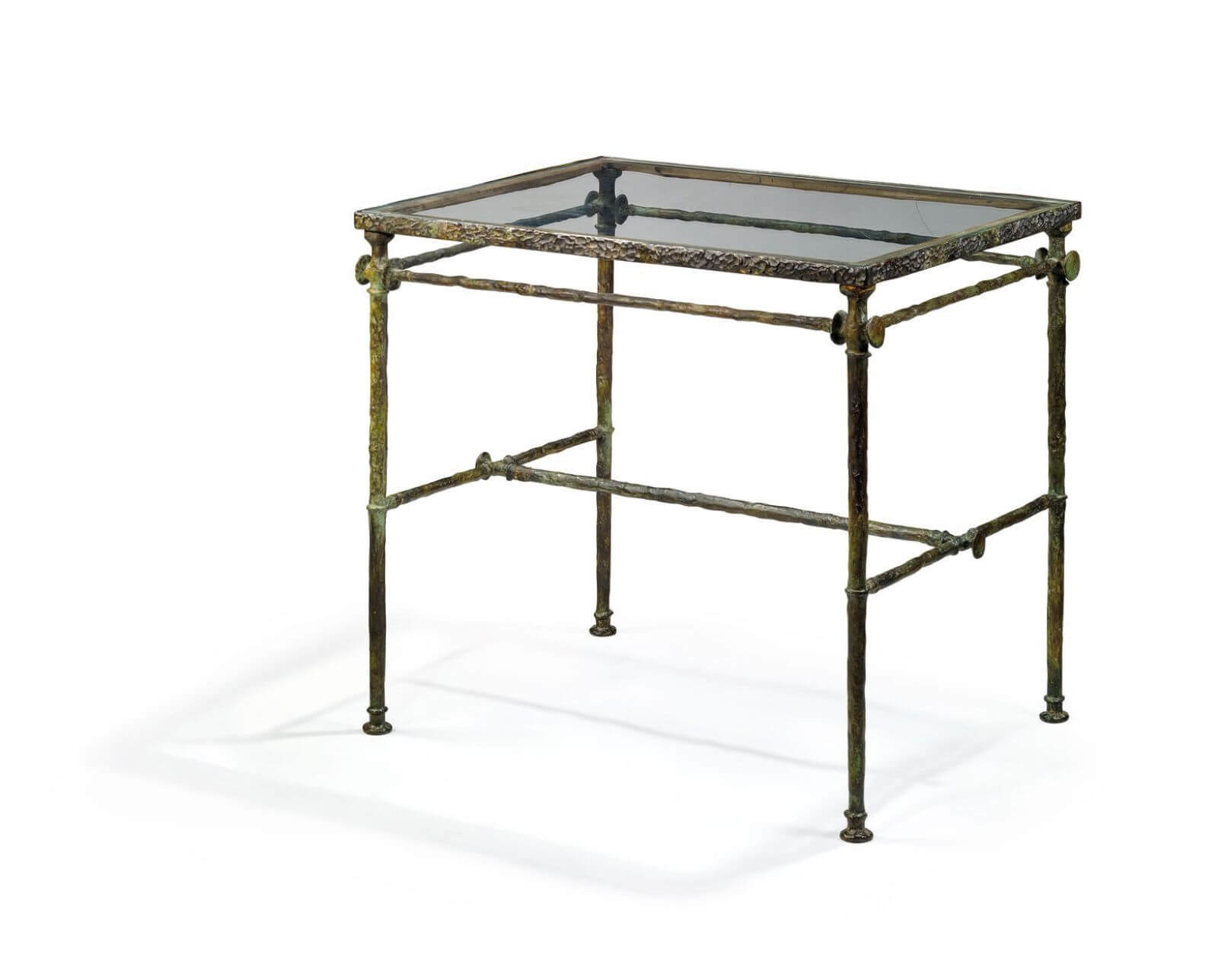
Diego Giacometti, ‘Boutons’ side table (Lot 61, estimate €300, 000-500,000. [Sold for €978,000)
COURTESY: © Christie’s Images Limited 2022
The lots come from Givenchy’s two homes – Hôtel d’Orrouer, a mansion on Rue de Grenelle in Paris’s chic seventh arrondissement, and Manoir du Jonchet, a manor house in Romilly-sur-Aigre, in the Loire valley – where he lived with his partner Philippe Venet.

Château du Jonchet, facade
COURTESY: © Christie’s Images Limited 2022 / PHOTOGRAPH: François Halard
Christie’s has gone to great lengths to reconstitute the spirit of those residences. The mallard-green living-room filled with eighteenth-century furniture from Hôtel d’Orrouer captures how Givenchy adored the serenity of dark green in his interiors.
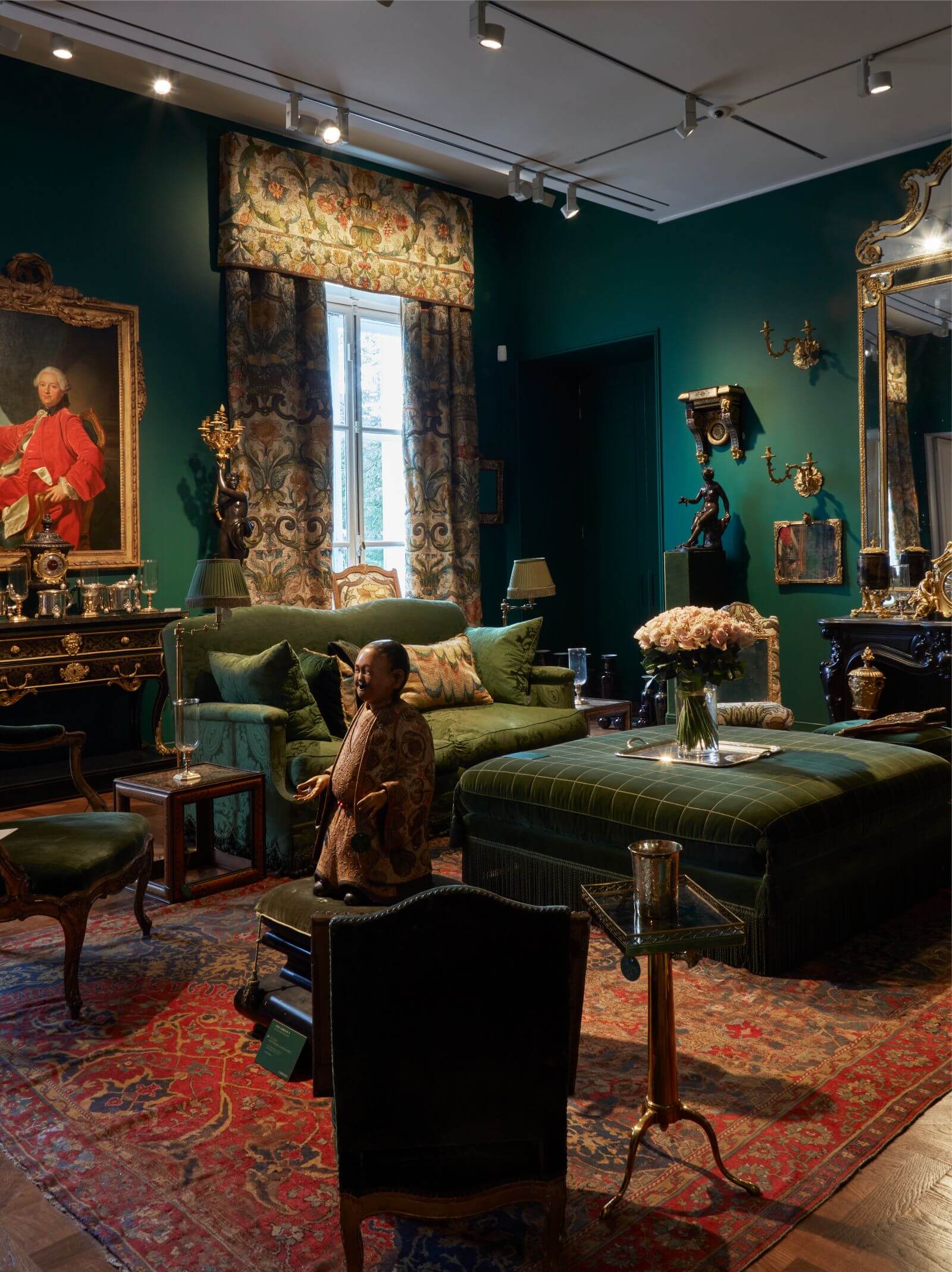
Exhibition view, Hubert de Givenchy – Collectionneur’, Christie’s (Paris house)
COURTESY: © Christie’s Images Limited 2022
Art director Cécile Degos has also recreated the muted living room and floral bedrooms at Manoir du Jonchet, where Givenchy favoured a less ostentatious style.
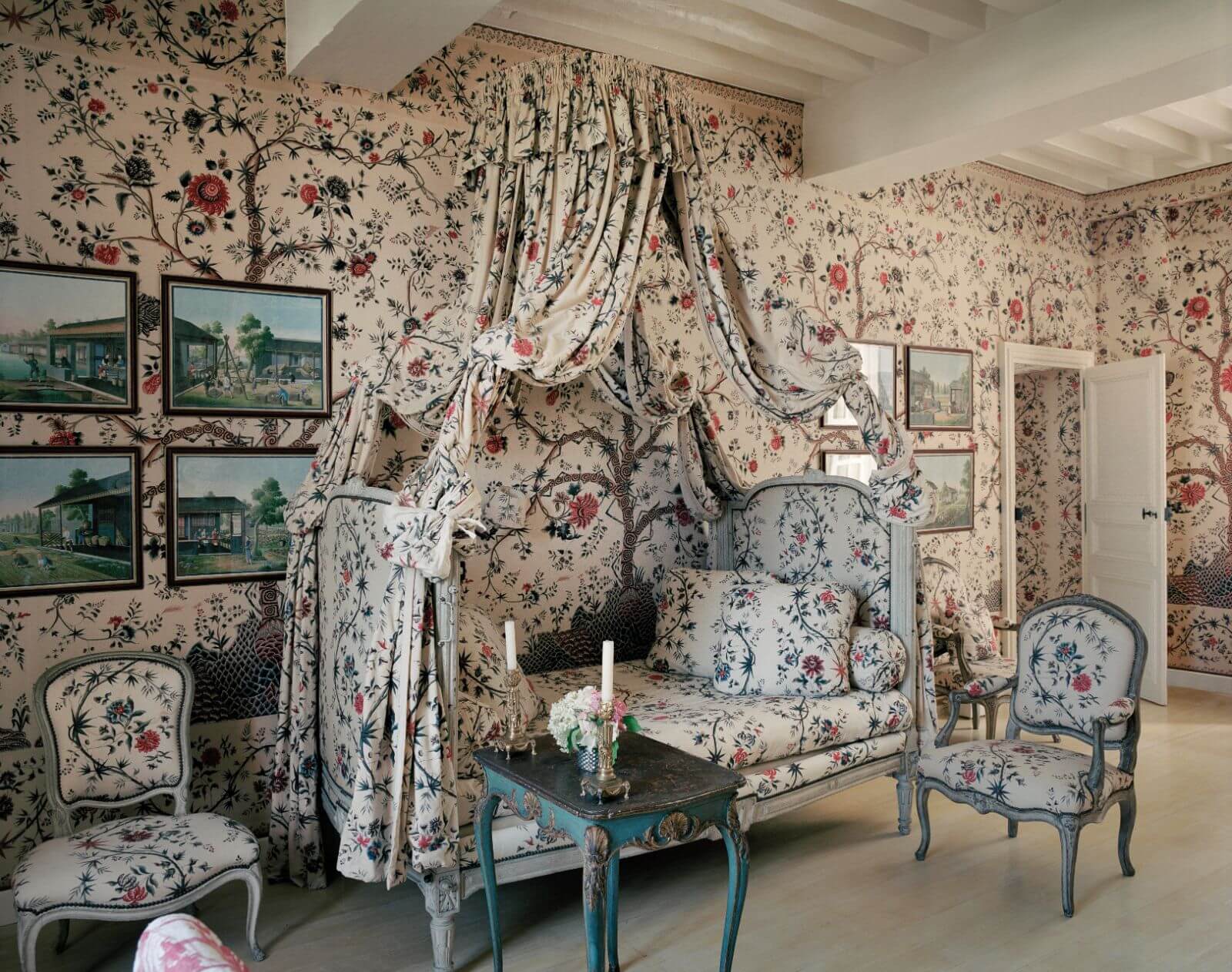
‘Tree of life’ bedroom
COURTESY: © Christie’s Images Limited 2022 / PHOTOGRAPH: François Halard
Givenchy was born in Beauvais into an aristocratic family of Venetian origin. His artistic talent was hereditary. His great-grandfather designed stage sets for the Paris Opera, and his grandfather was an administrator at the Beauvais tapestry factory. After apprenticing with designer Jacques Fath, then working for Lucien Lelong, Robert Piguet and Elsa Schiaparelli, he opened his own fashion house in 1952.
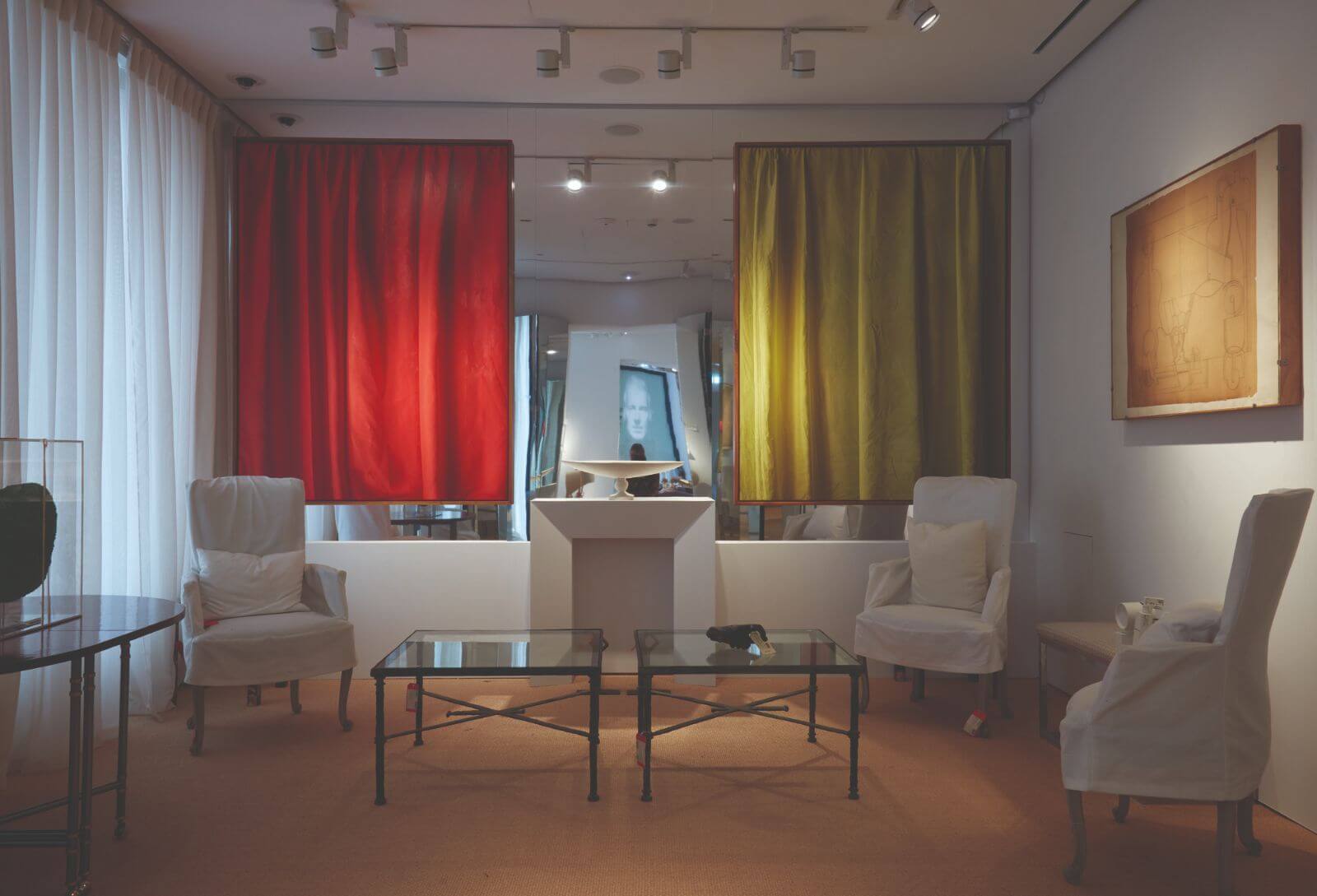
Exhibition view, Hubert de Givenchy Collectionneur, at Hôtel D’Orrouer with Diego Giacometti ‘Low tables’, circa 1970-80; Claudio Bravo, ‘Bacchus’, 1997 (red) and ‘Apollo’, 1998 (yellow)
COURTESY: © Christie’s Images Limited 2022
While Givenchy created haute couture collections each season that would be worn by the likes of Audrey Hepburn and Jackie Kennedy, he was attracted to timeless furniture that he would combine with modern art. He once said: “Fashion changes but the eighteenth-century style will endure as it is of exceptional quality […] on the condition that it is not restrained within a fully period atmosphere, that it is given a breath of fresh air by Delaunay, Arp and Giacometti and, above all, that it is not weighed down by pom-poms and trimmings.”
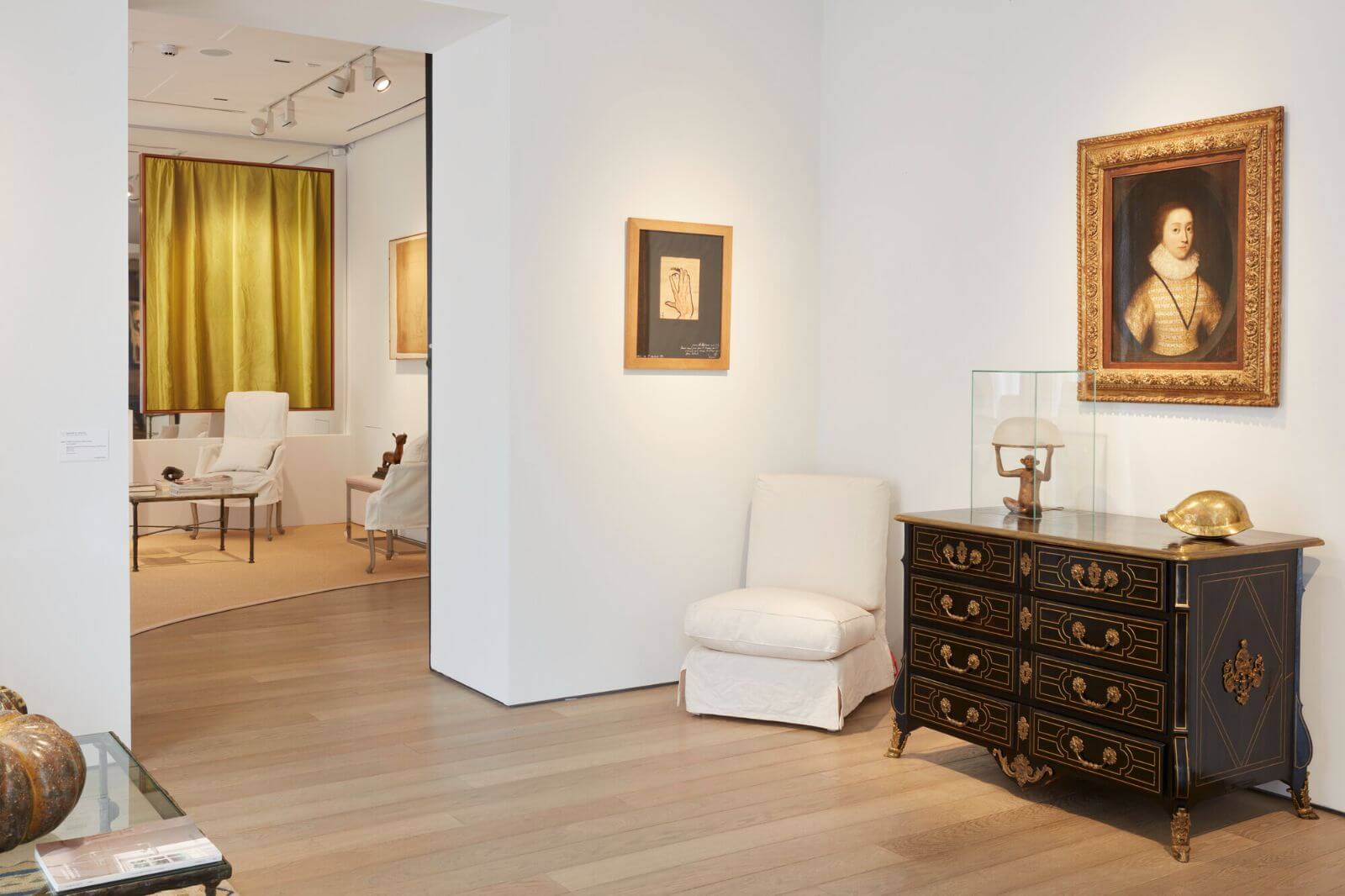
Exhibition view, Hubert de Givenchy Collectionneur, at Hôtel D’Orrouer with François-Xavier Lalanne ‘Monkey Light’, circa 2003
COURTESY: © Christie’s Images Limited 2022
Among the artworks (not as many as one might imagine) are a nude bronze, ‘Femme qui marche’, and a white dove by Alberto Giacometti, paintings by Joan Miró and Kurt Schwitters, and a Cubist sculpture of a man with a guitar by Jacques Lipchitz.
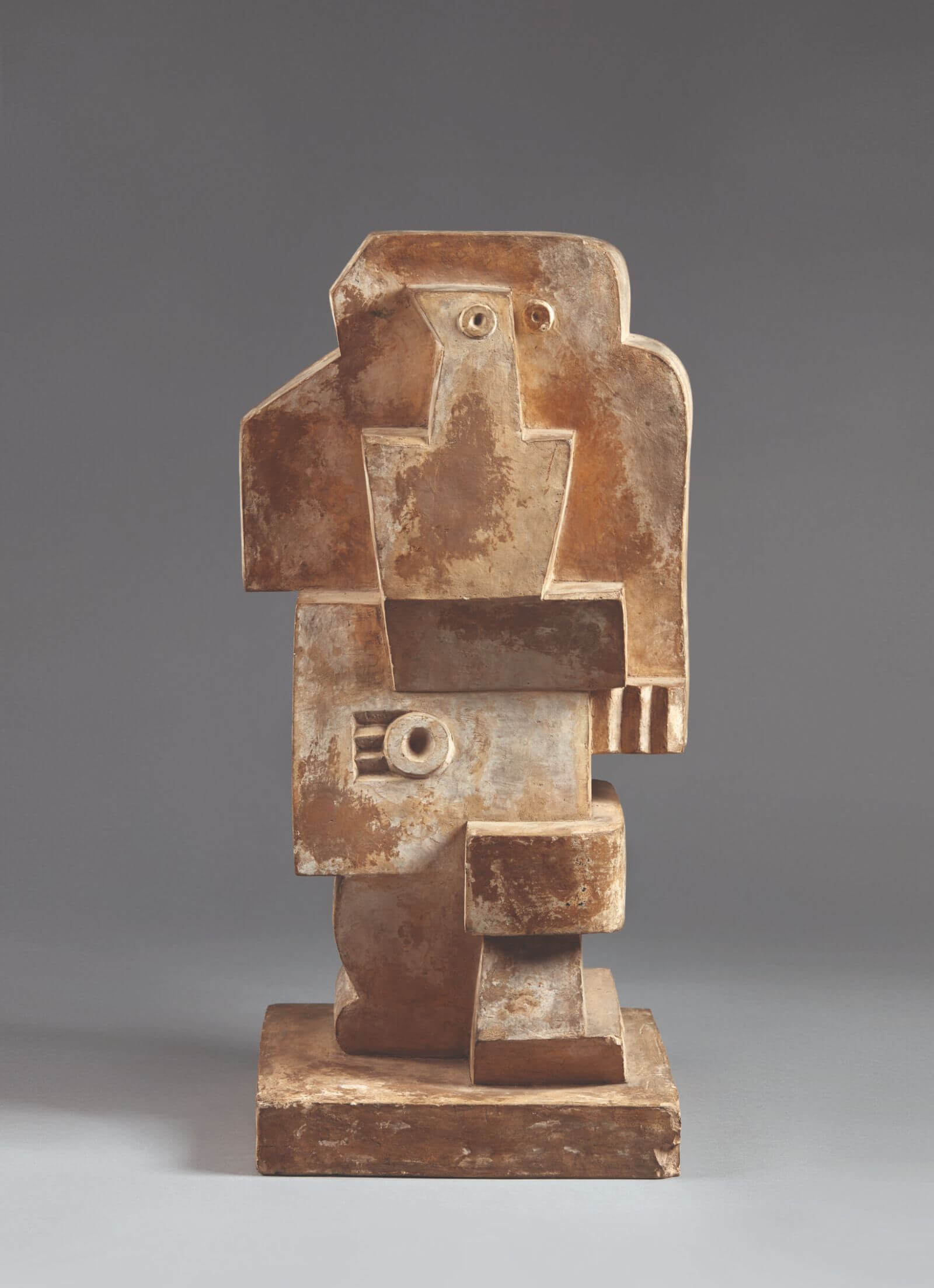
Jacques Lipchitz, ‘Homme assis à la guitare’, 1918 (Lot 47, estimate €150,000-200,000)
COURTESY: © Christie’s Images Limited 2022 / PHOTOGRAPH: Jean-Philippe Humbert
These intermingle with the vast ensemble of furniture from the eras of Louis XV and Louis XVI, as well as mirrors, clocks and decorative arts. Among the standouts are David Roentgen’s and François Rémond’s fabulous mahogany desk (circa 1780), whose drawers open theatrically with a key mechanism – Lot 14, estimate €500,000-800,000.
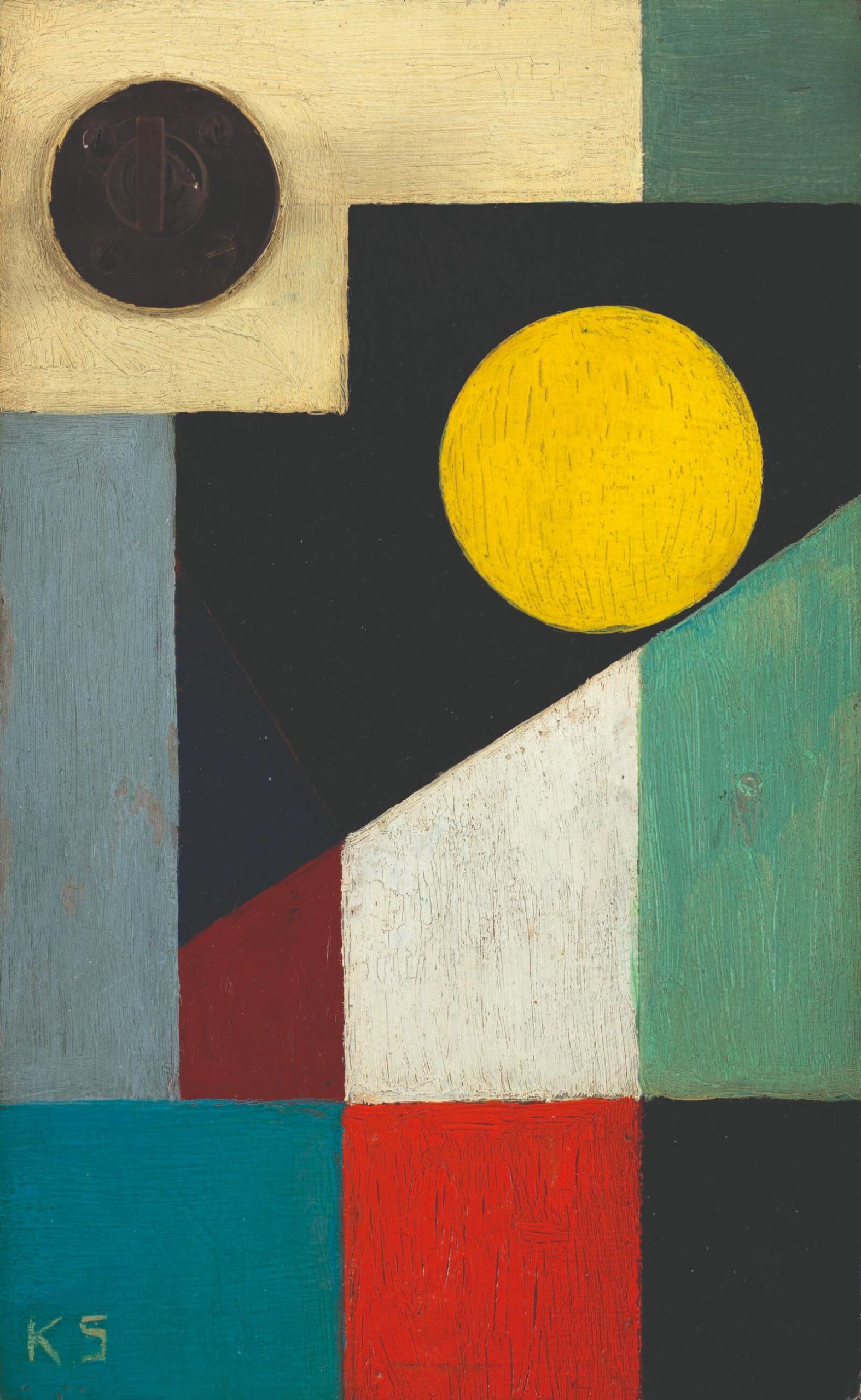
Kurt Schwitters, ‘Für Tilly’, 1923 (Lot 19, estimate €300,000-400,000)
COURTESY: © Christie’s Images Limited 2022
The “masterpieces” sale on the first day also includes several pieces by Givenchy’s great friend, Diego Giacometti. Besides a console adorned with a bird and a cup from 1976 (Lot 9, estimate €400,000-600,000. [Sold for €1,662,000], there is a bow-festooned doorknocker (1975–1980) – Lot 1, estimate €80,000-120,000 [Sold for €151,200] – and small sculptures of Givenchy’s dogs.
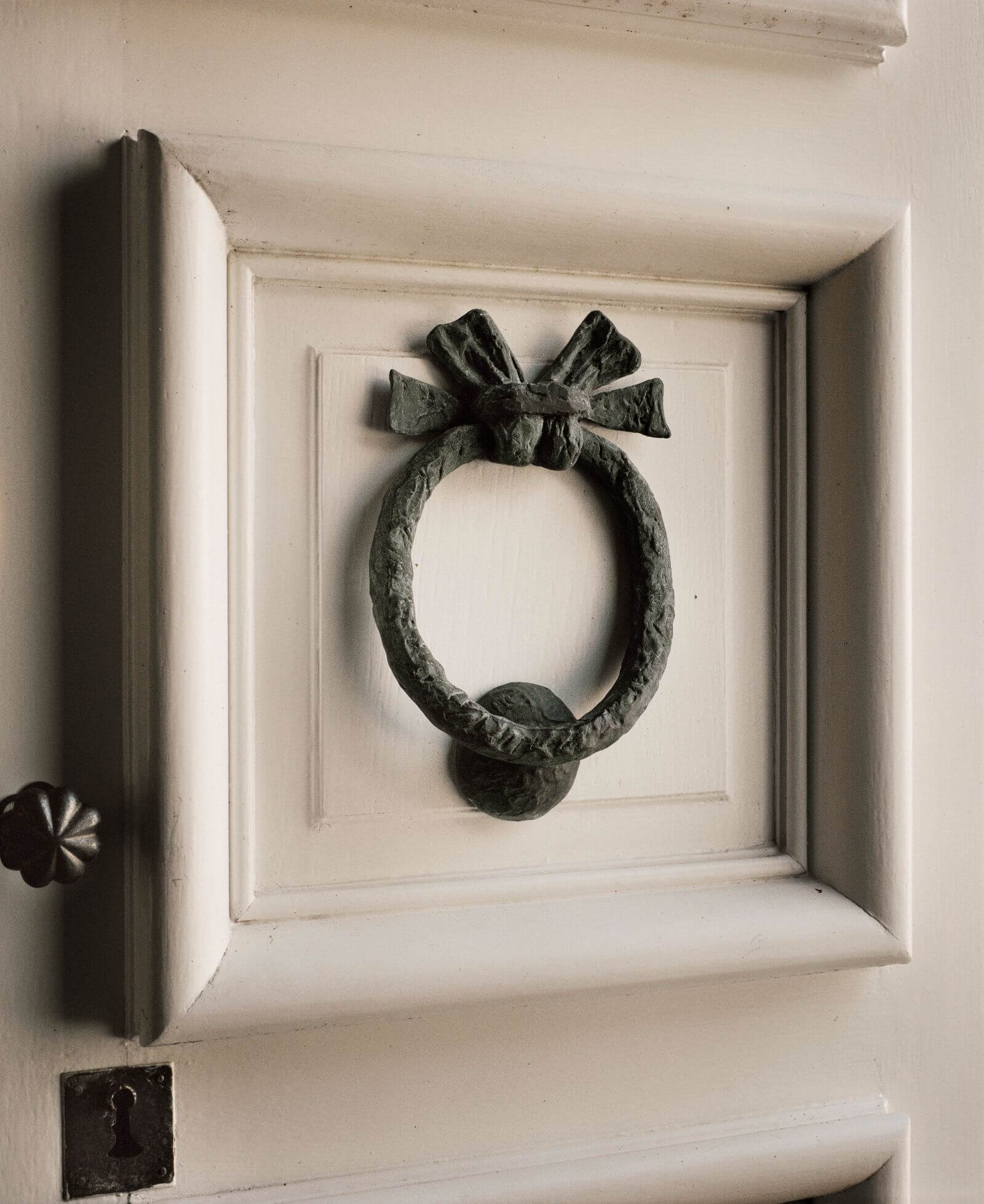
Diego Giacometti, ‘Door knocker’, circa 1975-80 (Lot 1, estimate €80,000-120,000. [Sold for €151,200])
COURTESY: © Christie’s Images Limited 2022 / PHOTOGRAPH: François Halard
Indeed, Givenchy had a penchant for works representing animals. His mentor, Cristóbal Balenciaga, gifted him a pair of reclining stags, realised in 1964, by Janine Janet – Lots 28 and 29, each estimated €80,000-120,000 [Sold for €252,000 and €315,000]. They were installed in the grounds of Manoir du Jonchet, as were a pair of beautiful bird sculptures from 2001 by François Xavier-Lalanne – Lots 62 and 63, each estimated €400,000–600,000 [Sold for €1,602,000 and €1,182,000]. Christie’s has created a topiary garden in which these pieces are exhibited.
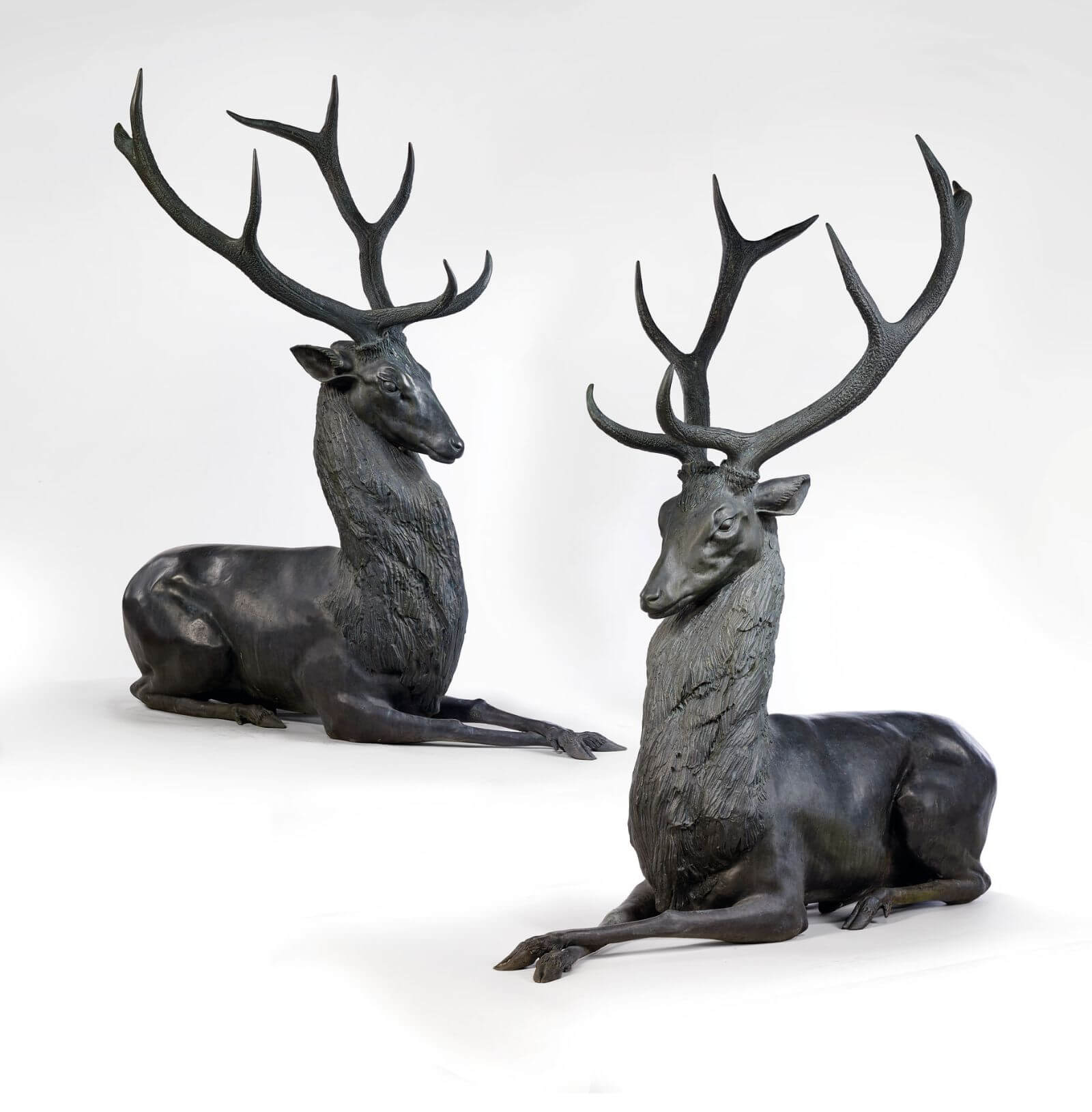
Janine Janet, ‘Cerf couché’, 1964 (Lot 28 & 29, estimate €80,000-120,000 each. [Sold for €252,000 and €315,000)
COURTESY: © Christie’s Images Limited 2022
Although the collection lacks the flamboyance, audacity and singularity that distinguished that of Yves Saint Laurent and Pierre Bergé (sold by Christie’s in 2009), Givenchy’s collection is quintessentially refined. “Hubert de Givenchy surrounded himself by beautiful pieces that have quality, rarity and charm – the grand goût français [great French taste],” designer Hervé van der Straeten said at the opening.
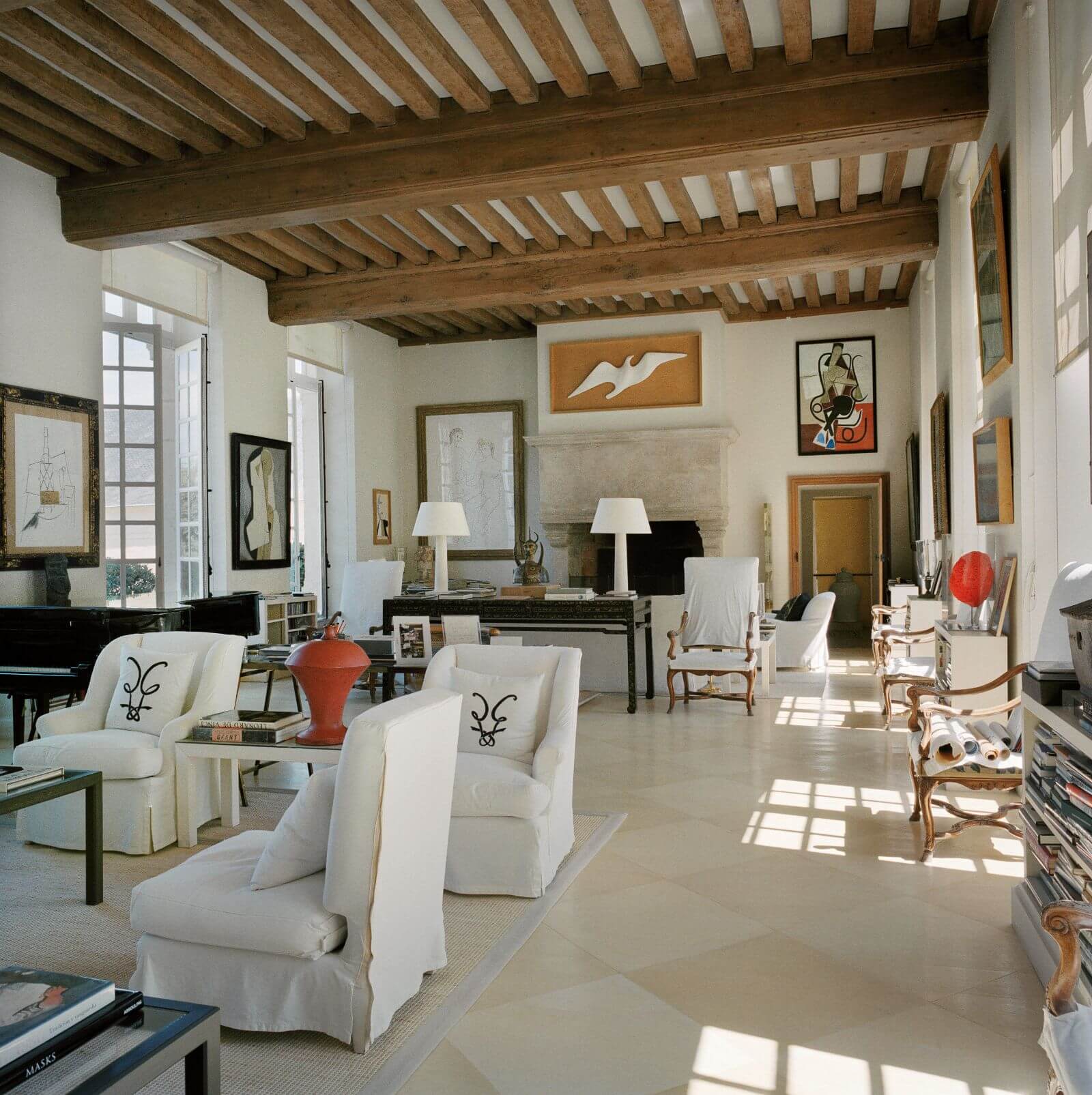
Château du Jonchet, big living room
COURTESY: © Christie’s Images Limited 2022 / PHOTOGRAPH: François Halard
Givenchy had a longstanding relationship with Christie’s, from the first sale of his early eighteenth-century furniture at Christie’s Monaco in 1993. Charles Cator, deputy chairman of Christie’s International, worked on that sale, recalls: “It was an extraordinary experience that changed my working life and the way we approach collection sales – it set the pattern for collection sales for the next 20 to 30 years. The journey of objects, from one collection to another […] and what different collectors see in the same object, is fascinating. Hubert was interested in where pieces had been in the twentieth century and where they came from in the eighteenth century.”
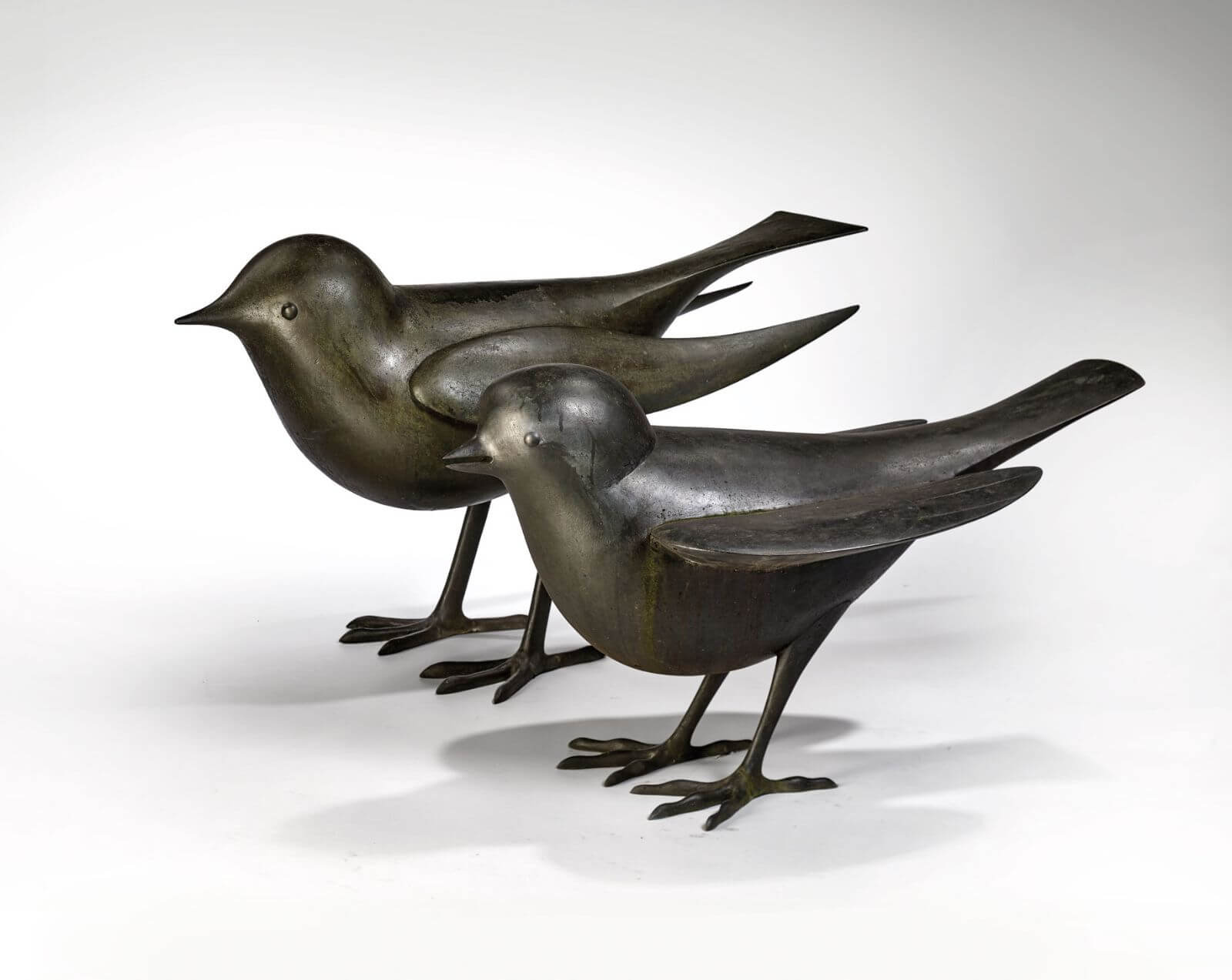
François-Xavier Lalanne, ‘Oiseau de jardin’ 2001 (background) & 2006-8 (foreground) (Lots 62 & 63, estimate €400,000-600,000 each. [Sold for €1,602,000 and €1,182,000])
COURTESY: © Christie’s Images Limited 2022
Now the objects – 900 lots of which are on show at Christie’s – are ready to continue their journey and be cherished by other collectors.




